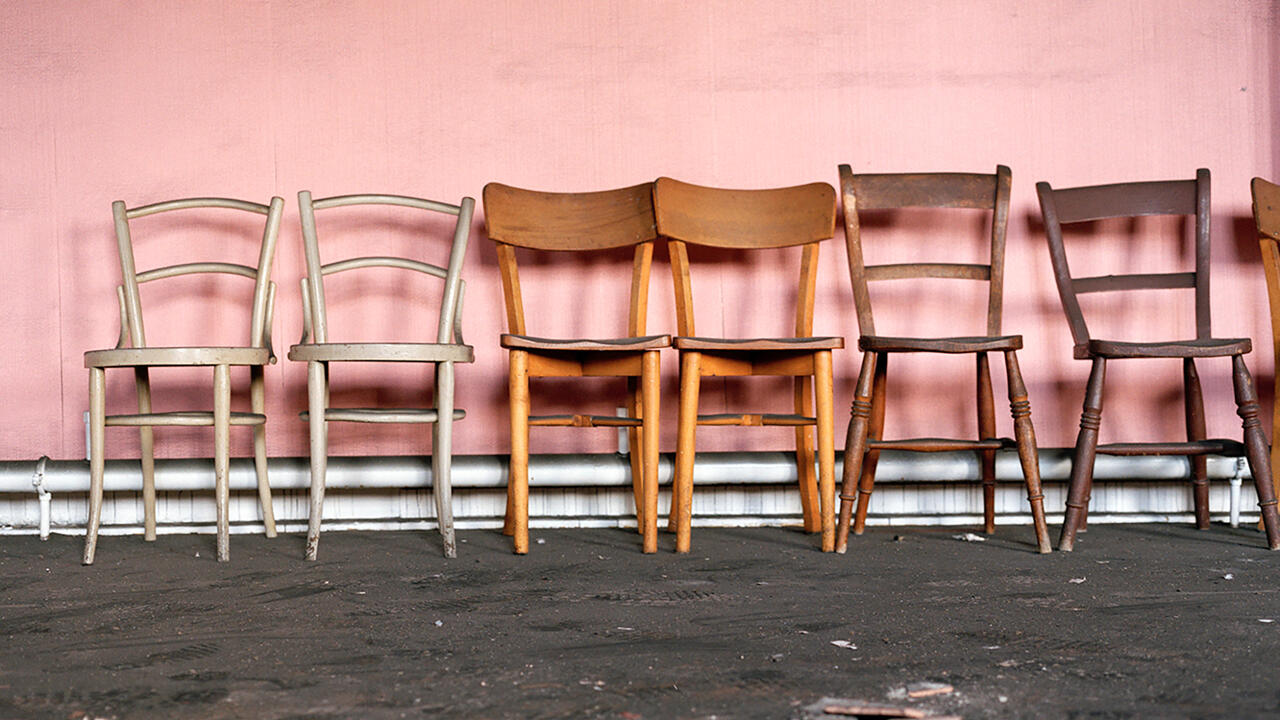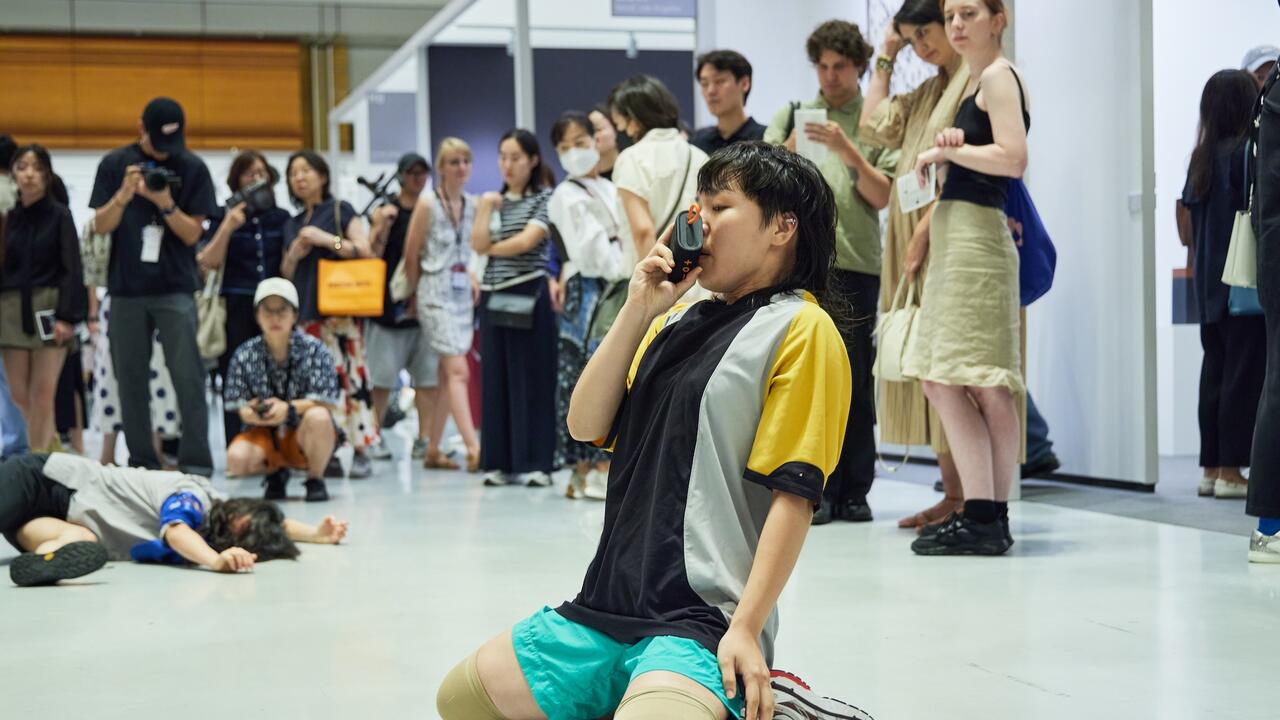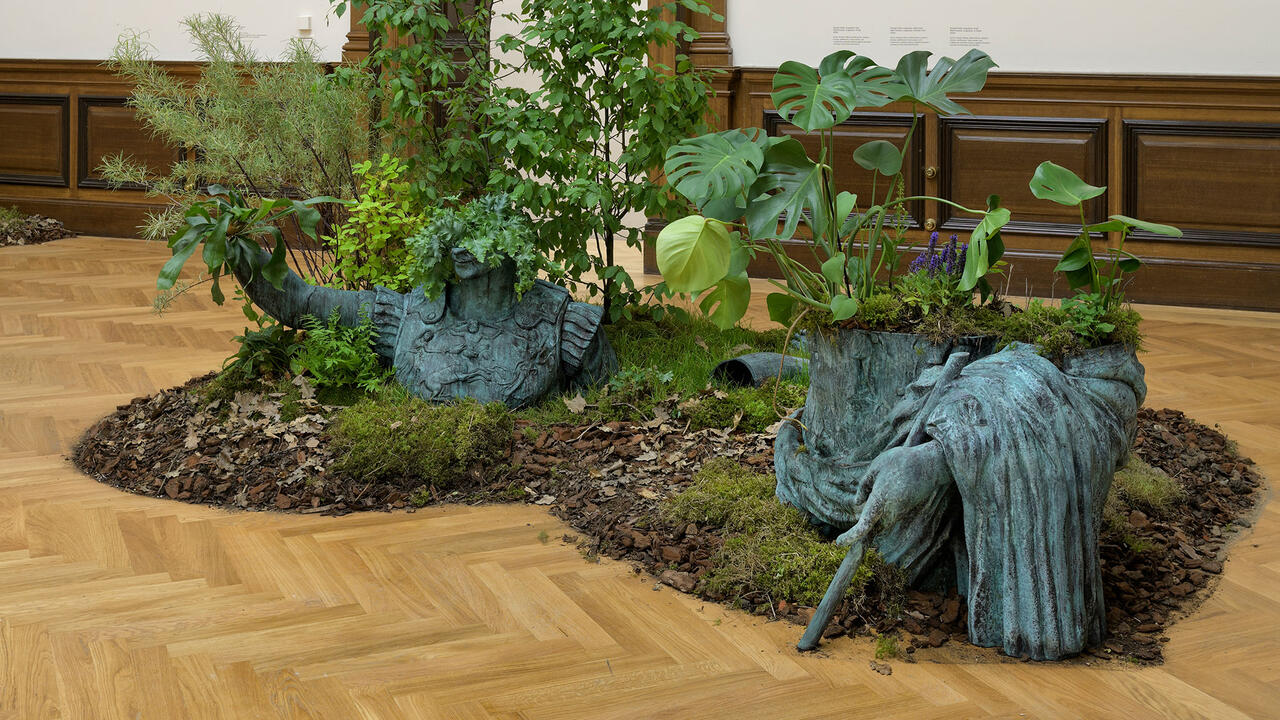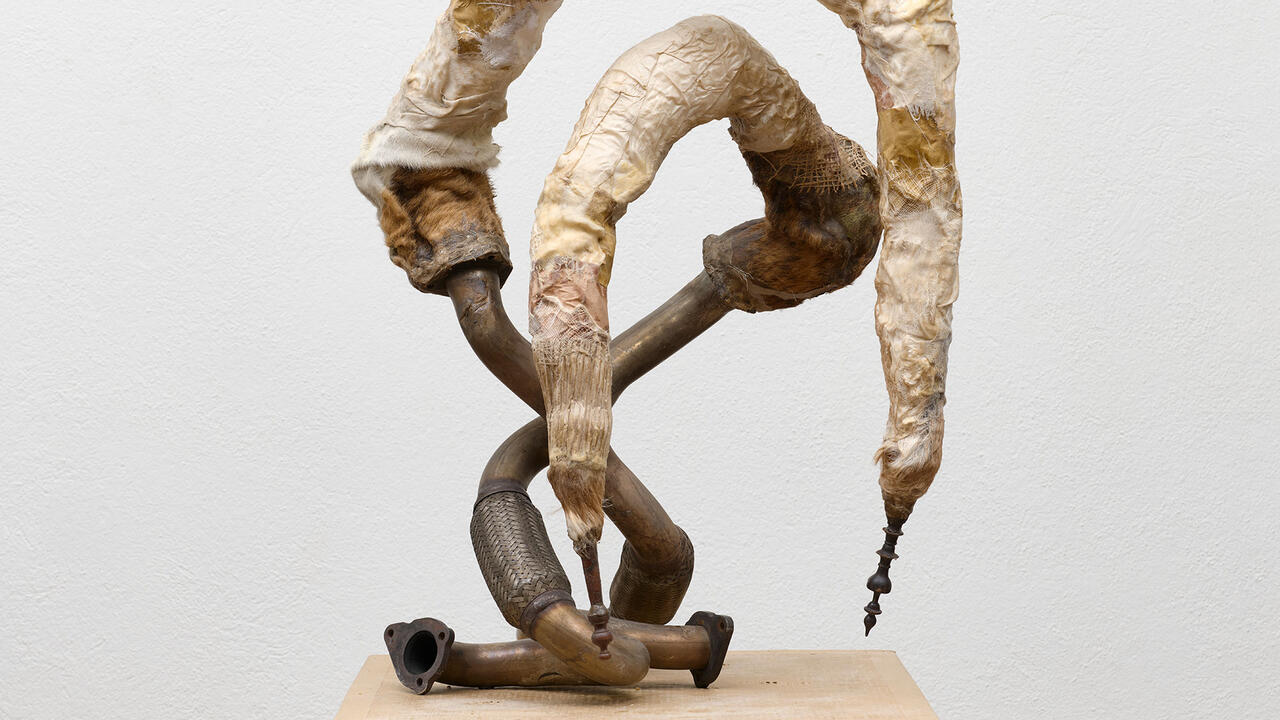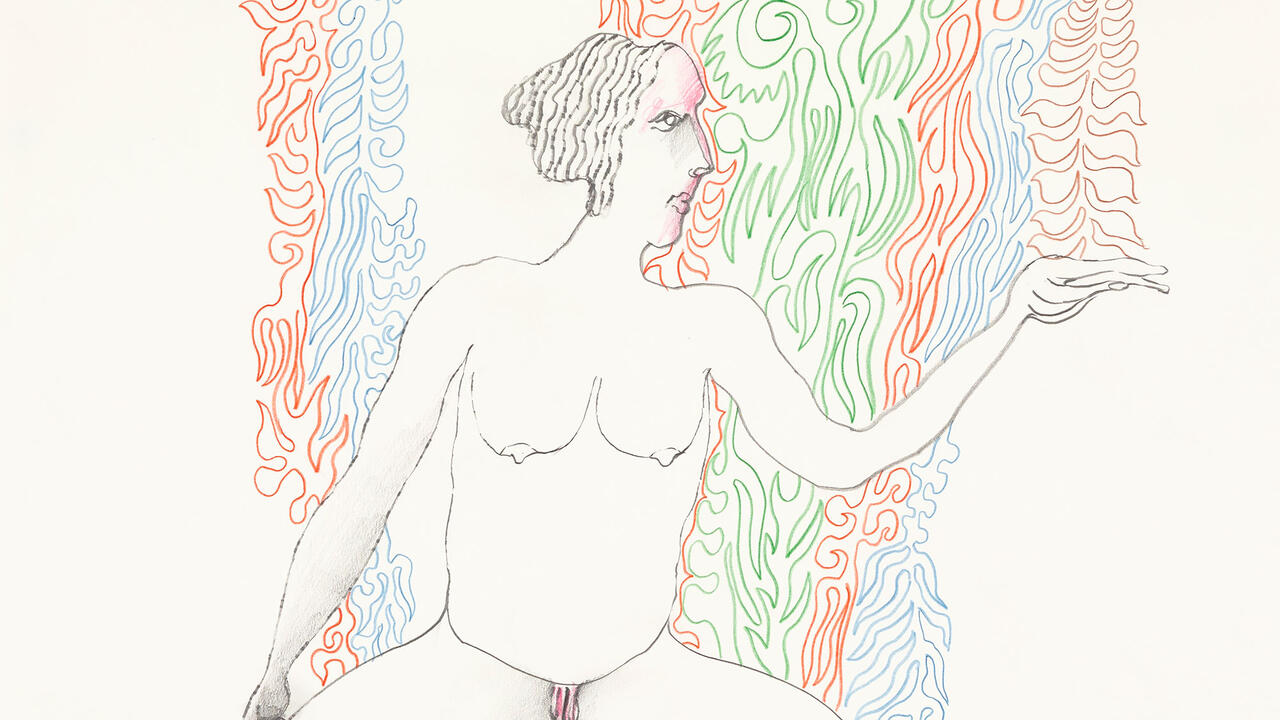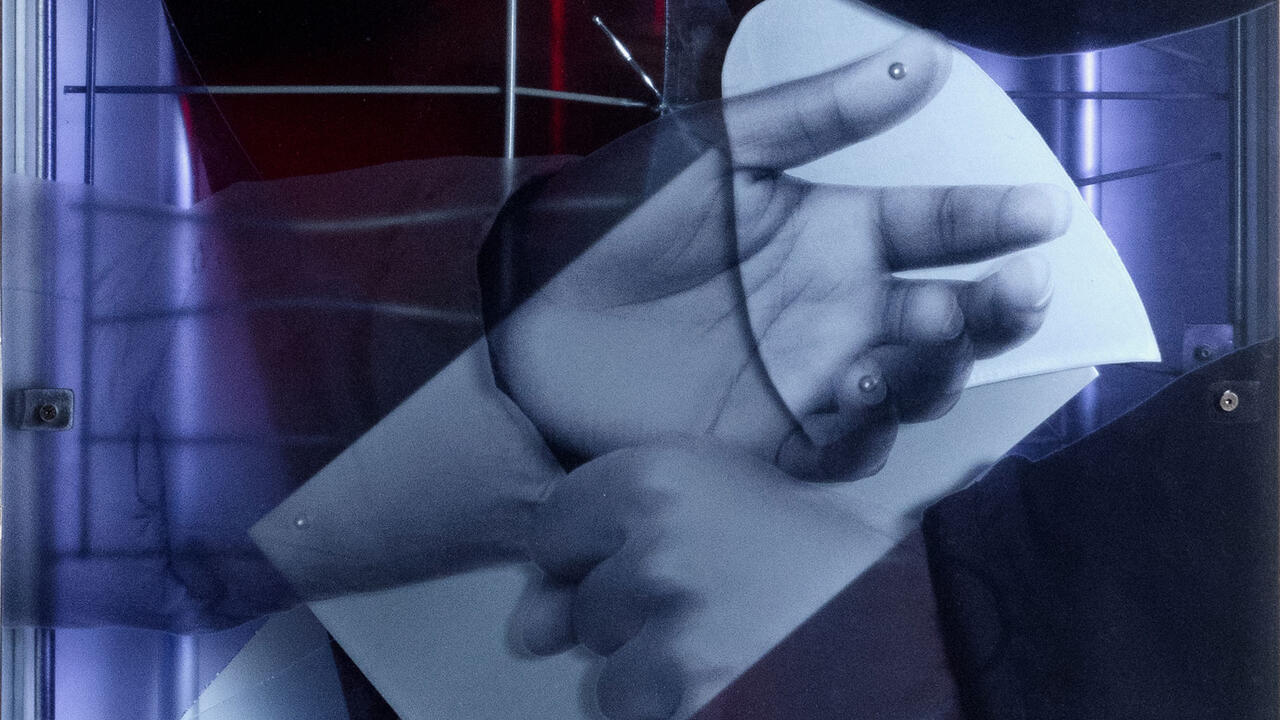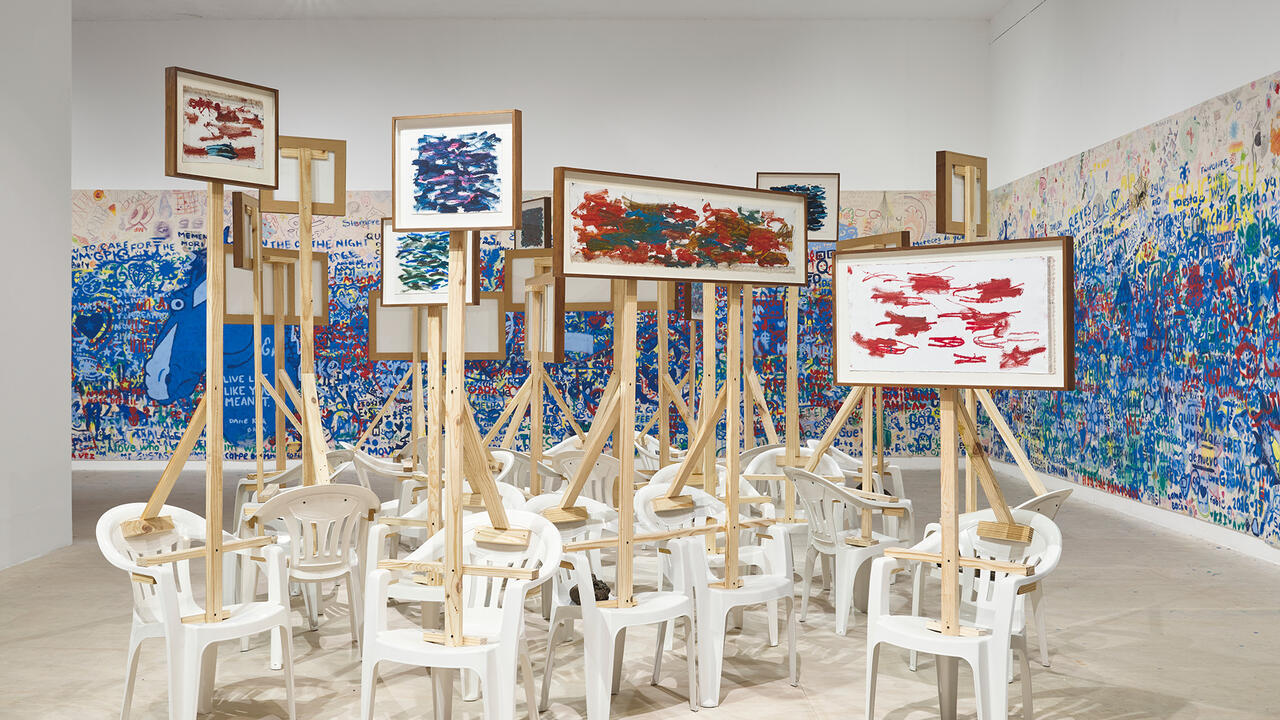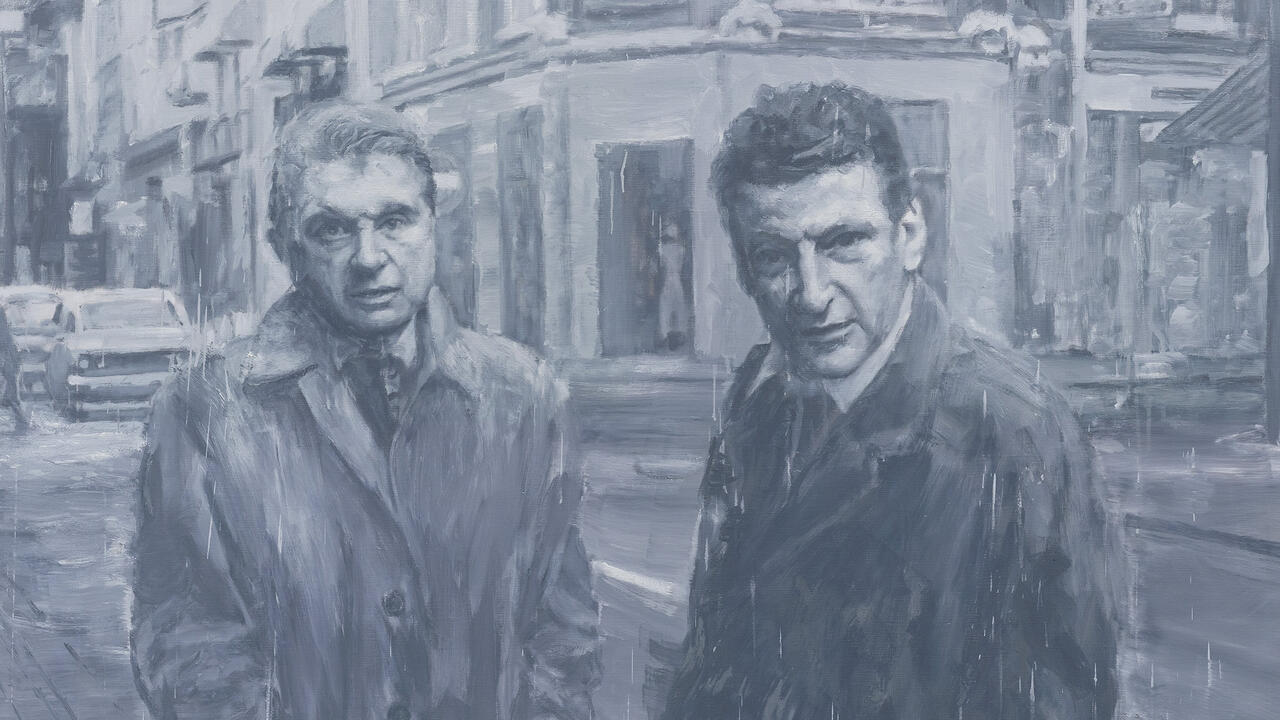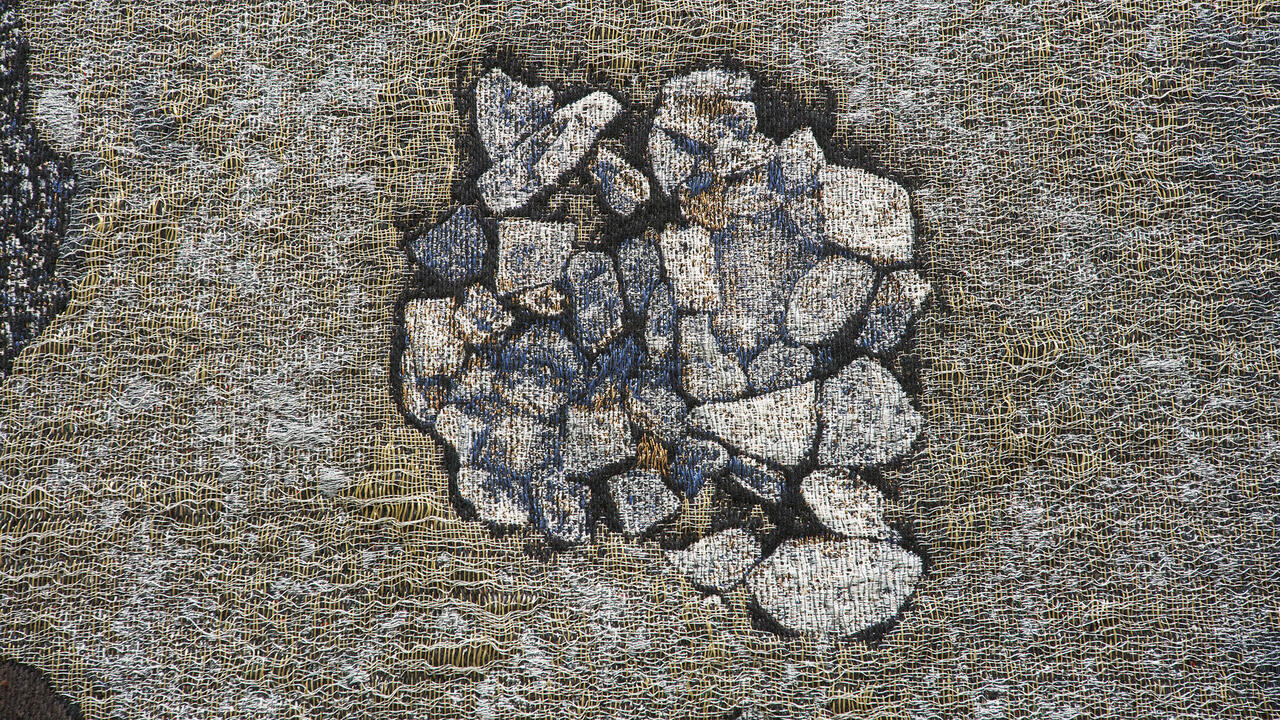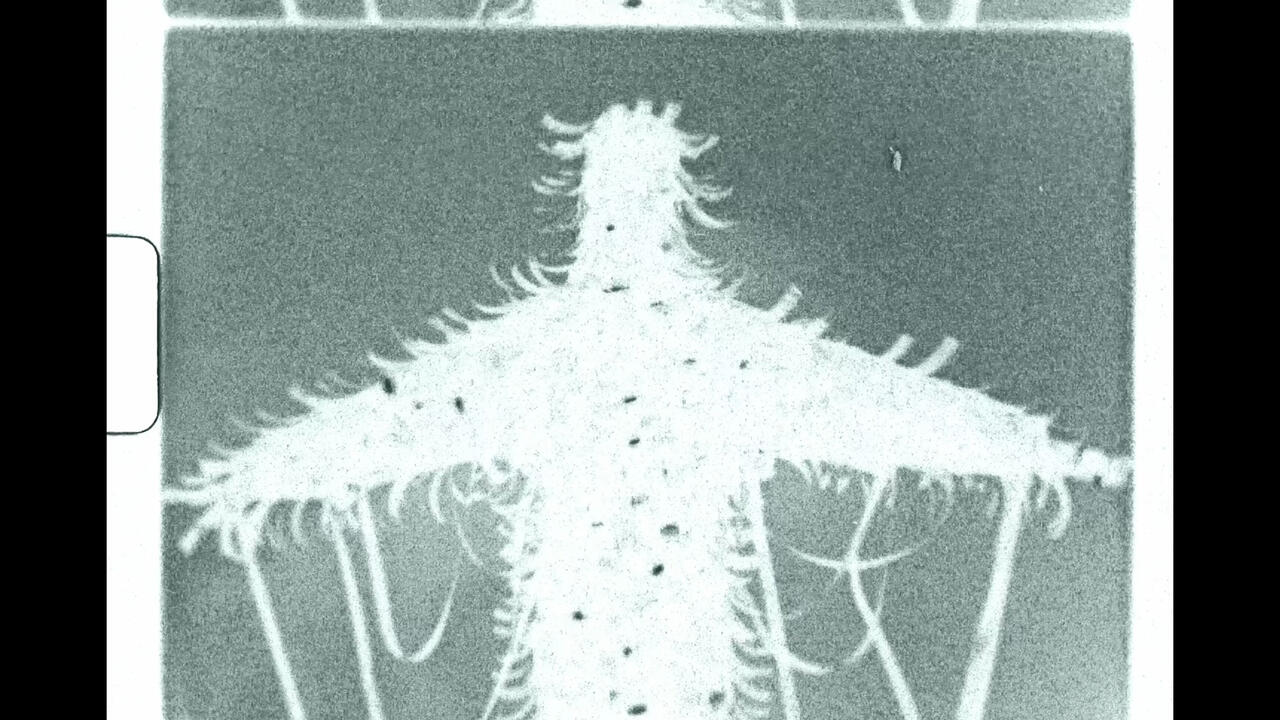‘Tituba, Who Protects Us?’ Honours Ancestral Memory
Inspired by a Maryse Condé novel, this group exhibition at Palais de Tokyo, Paris, asks where and with whom refuge can be found
Inspired by a Maryse Condé novel, this group exhibition at Palais de Tokyo, Paris, asks where and with whom refuge can be found

In 1692, an enslaved Caribbean woman named Tituba was accused of witchcraft and imprisoned for over a year in Salem. Almost three centuries later, through a combination of historical documentation and imagination, Guadeloupean writer Maryse Condé published I, Tituba: Black Witch of Salem (1986). Condé’s novel is a tale of yearning, as Tituba gradually loses the things she loves – from her parents to her homeland – and grasps at reconnection with the help of ‘invisibles’: ancestors who accompany her throughout literal trials and tribulations. In Palais de Tokyo’s latest group show, ‘Tituba, Who Protects Us?’, her story is echoed in the work of 11 contemporary artists, each of whom asks where and with whom refuge can be found in moments of vulnerability.

Walking into a darkened gallery space, I am met by the thunderous sound of crashing waves, overlaid with a chorus of women repeatedly singing the word ‘Haiti’, like a summoning spell, in Miryam Charles’s Cette Maison (This House, 2022). The screen on which it plays is propped up by an exposed wooden structure, characteristic of a theatrical set, around which visitors must step to witness the haunting that the film captures, jumping sporadically from surreal landscape shots to hazy visions of two Black girls and the sobering concrete-and-wood architecture of a small American town. In the same way that memories are slightly altered each time we recall them, Charles blurs the lines between several moments, collapsing time and place to reflect the cognitive fog that loss leaves in its wake.

Echoes of this grief and geographic displacement resound throughout several works in the exhibition. In Abigail Lucien’s sculpture When Day and Hour Come (2024), cocoa butter breezeblocks are stacked into two walls that meet to form a corner, like part of a half-built house. The smell of cocoa butter, often used as a balm for dry skin, speaks to the healing properties of the natural environment. This makeshift memorial to softness brings into focus the relationship between space and the body, suggesting that we carry the scaffolding of home within us – a truth affirmed by the adjacent installation of sand and bricks strewn across the gallery floor in Monika Emmanuelle Kazi’s Terre-plein, terres-mères (Terre-plein, Motherlands, 2022). Both Kazi’s and Lucien’s architectural appropriations suggest that home is often a work in progress which, much like Tituba’s experience, must sometimes be built wherever you end up. They speak to the idea of the unfinished house ‘back home’ where immigrants who hope to return to their countries of origin will one day live – of which all that persists are the dreams of what could have been.
Domestic intimacies are also presented in Rhea Dillon’s A Caribbean Ossuary (2022): natural light illuminates a display cabinet, lying flat on the gallery floor, which is filled with pristine glassware. By upending a display case of delicate stemware, of the kind often saved for special occasions, Dillon asks us to reflect upon whose life is seen as precious enough to be worth protecting, and why?

In Condé’s novel, Tituba is never alone. Despite being the sole descendant of her lineage, she is continually supported by the wisdom, guidance and companionship of her ancestors, who keep her rooted to her island and reveal strategies for navigating the challenges of being a Black woman in a hostile environment. Drawing from this narrative, ‘Tituba, Who Protects Us?’ highlights the interconnectedness of the dead and the living – both sustained through ancestral memory: inherited lessons, dreams and an awareness of how to survive.
‘Tituba, Who Protects Us?’, curated by Amandine Nana, is on view at Palais de Tokyo, Paris, until 5 January 2025
Main image: Monika Emmanuelle Kazi, Terre-plein, terres-mères (Terre-plein, Motherlands), 2022, installation view, ‘Tituba, Who Protects Us?’. Courtesy: the artist and Philipp Zollinger Gallery, Zurich; photograph: Aurélien Mole





